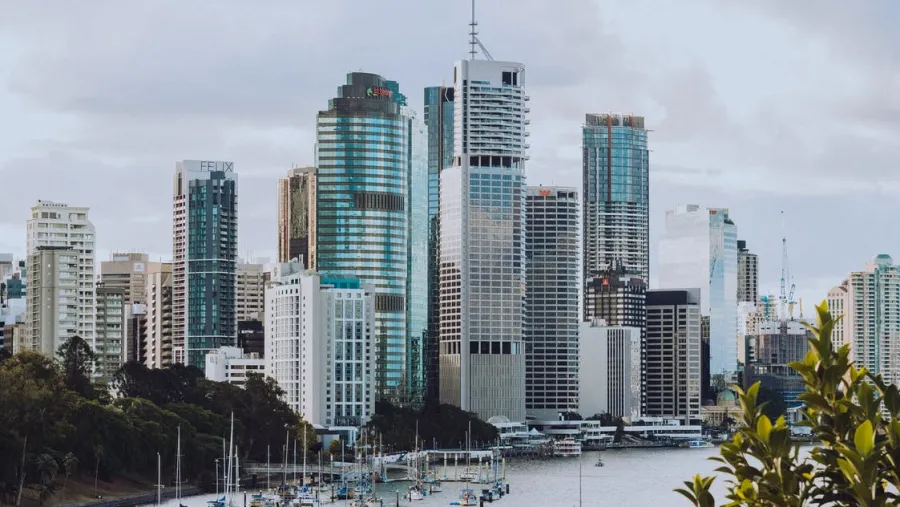
Australian CBD markets record mixed signals for office demand in Q3
Sydney and Perth saw positive absorption whilst Brisbane and Melbourne were negative.
According to Dexus Research, Australia’s office sector has experienced a quarter of mixed signals. Demand remains varied across the CBD markets, with the Sydney and Perth CBDs recording positive net absorption while Brisbane and Melbourne were mildly negative.
“In markets with sustained demand and decreasing vacancy rates, there are subtle indications that prime incentives are beginning to trend downwards,” the report said.
Here’s more from Dexus Research:
Sydney CBD had a strong quarter with net absorption of 54,000 sqm in Q3 2024, outperforming expectations. This was driven by the reabsorption of sublease space (particularly by financial institutions) and activity mainly from small tenants. Total vacancy declined by 0.9%, and prime incentives fell by 0.4 percentage points to 34.4%. Net-effective rent growth increased by 3.0% over the year.
Brisbane CBD had weaker demand than anticipated, with negative net absorption of 1,300 sqm over the quarter. However, Brisbane continues to hold the lowest vacancy among the CBDs, at 10.5% and is seeing strong rent growth. Perth CBD saw declining vacancy and positive net absorption.
The soft demand environment in Melbourne CBD persisted, with negative net absorption of 8,500 sqm over the quarter and net effective rent growth falling by 2.1%. Melbourne continues to experience a divergence across precincts. Vacancy in the Docklands precinct is 24.7% compared to 19.8% across the Melbourne CBD and 17.1% in the Eastern Core.
The supply pipeline has significantly contracted, with forecast commencements for FY24-27 down 33% compared to the five-year average. This reduction in the forward supply pipeline will help protect existing stock from additional supply risk and support rent growth through the cycle. Rising construction costs, interest rates, and vacancy rates have put pressure on the feasibility of uncommitted developments.



















 Advertise
Advertise




